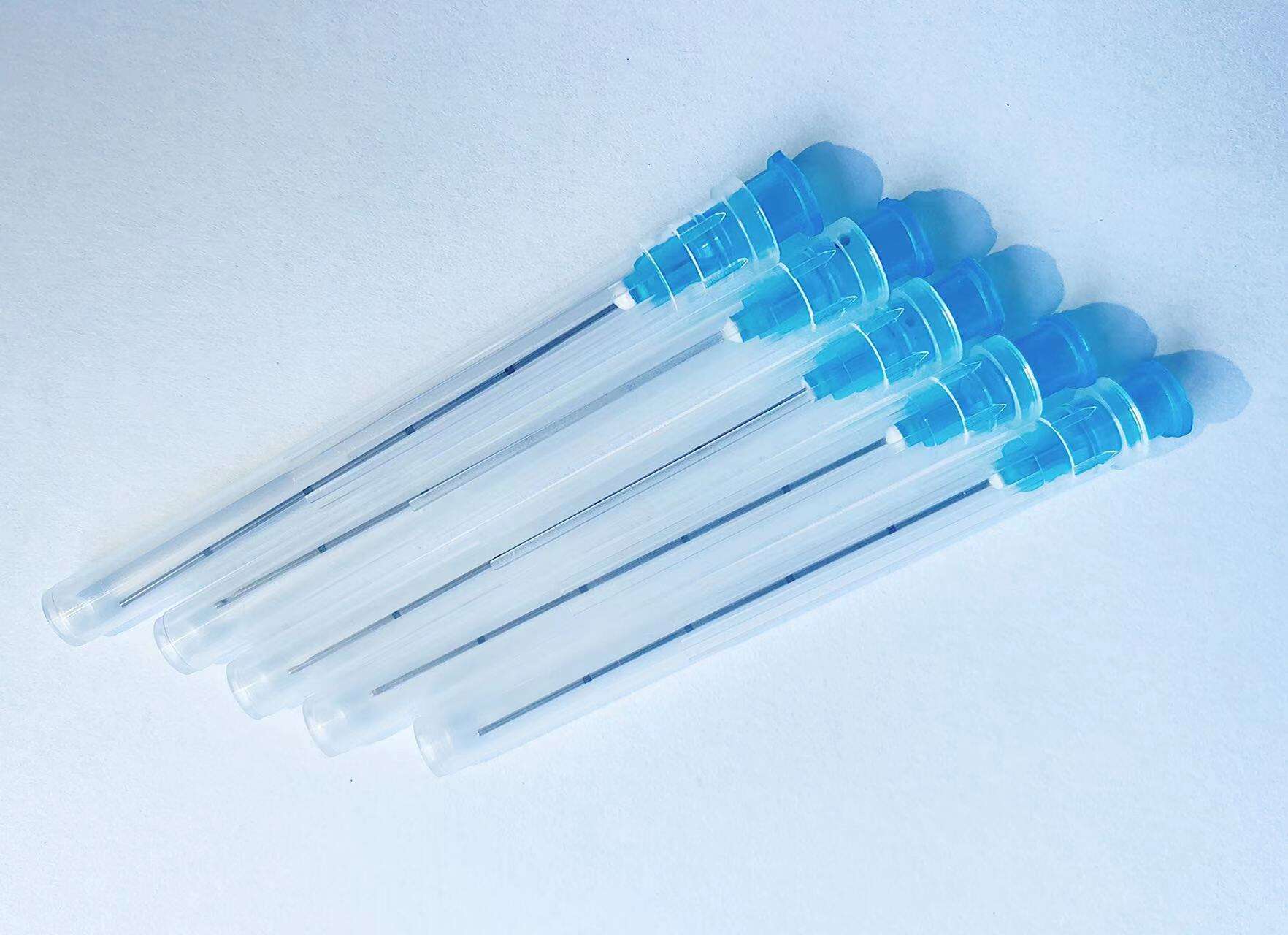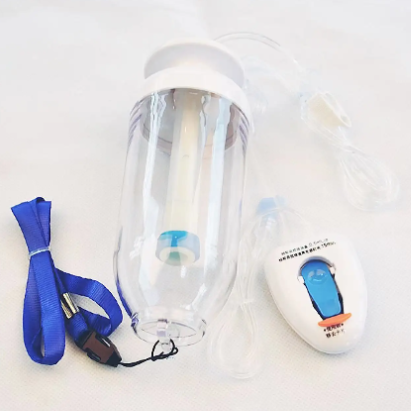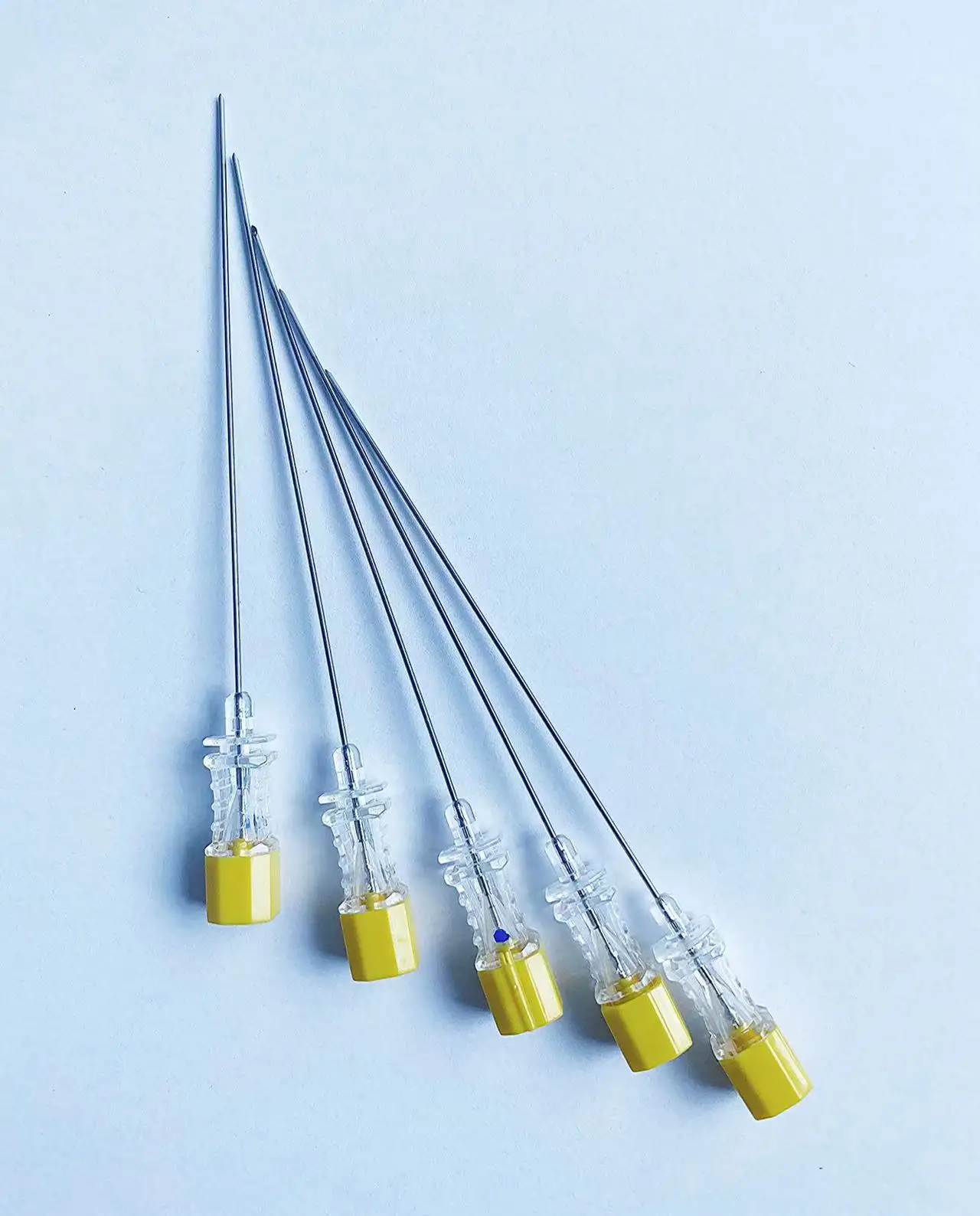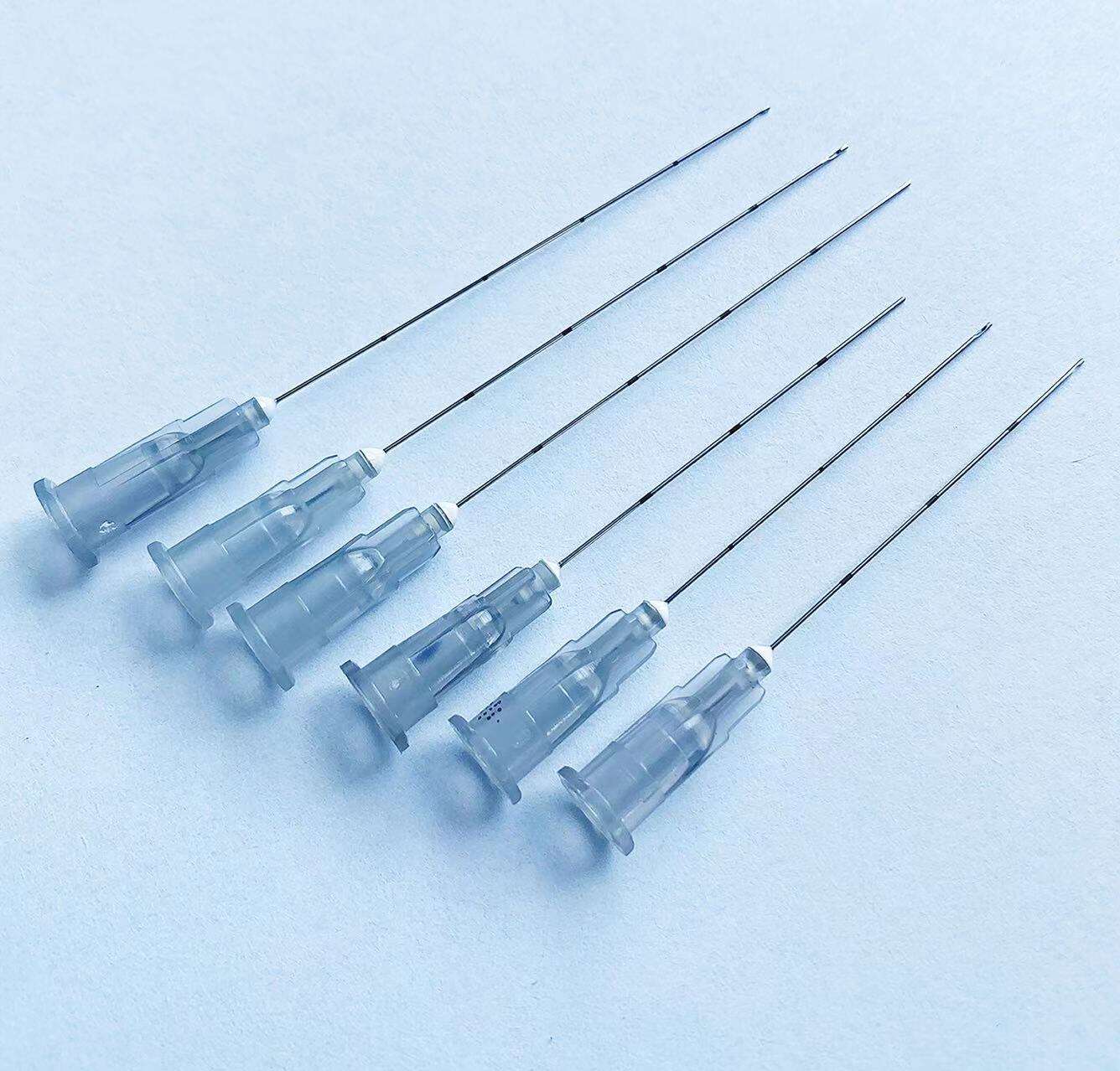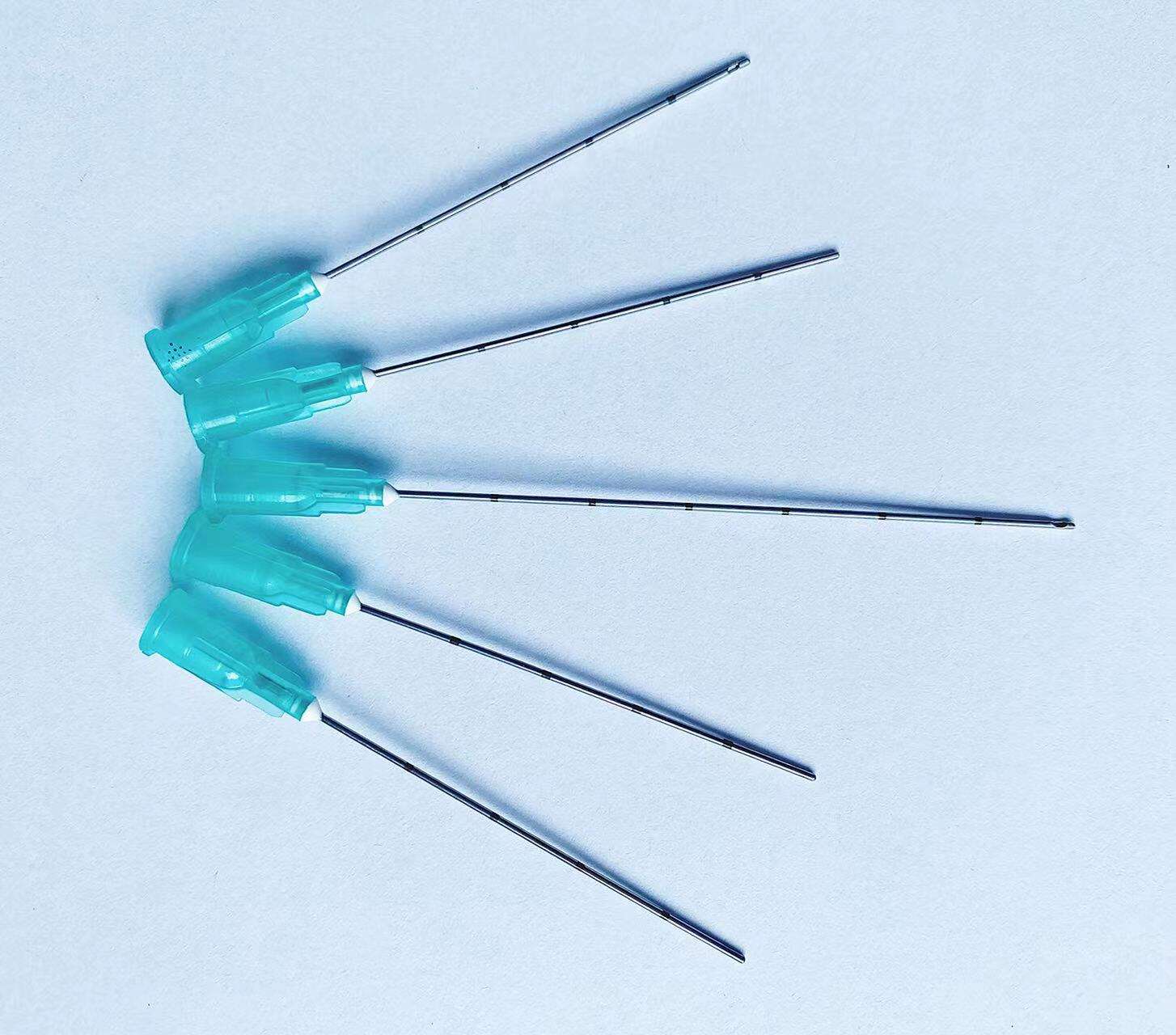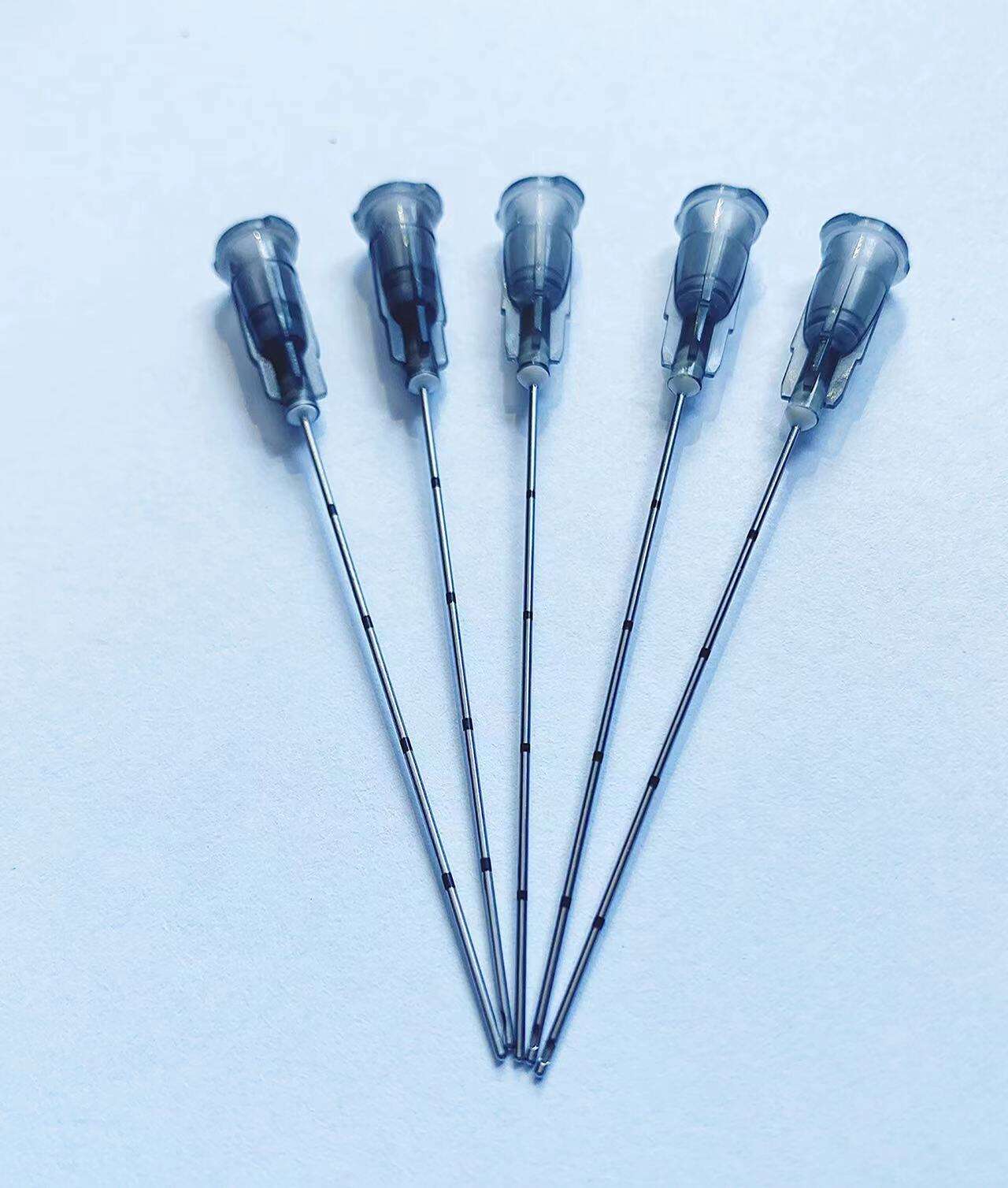Enhanced Safety Profile and Reduced Complications
The enhanced safety profile of microcannulas for dermal fillers represents one of their most compelling advantages, fundamentally changing how practitioners approach aesthetic injections. The blunt-tip design of microcannulas for dermal fillers significantly reduces the likelihood of accidentally puncturing blood vessels, nerves, or other critical anatomical structures during treatment procedures. This safety enhancement becomes particularly crucial when working in high-risk areas such as the tear troughs, temples, or around the eyes, where vascular networks are dense and complications could have serious consequences. Traditional sharp needles can inadvertently penetrate vessels, leading to bruising, hematomas, or more severe vascular complications, while microcannulas for dermal fillers gently push these structures aside rather than cutting through them. This fundamental difference in tissue interaction provides practitioners with greater confidence when treating challenging anatomical areas, enabling them to achieve optimal aesthetic results while maintaining patient safety as the top priority. The reduced complication rate associated with microcannulas for dermal fillers translates directly into improved patient experiences, with significantly less post-treatment bruising, swelling, and discomfort compared to traditional needle techniques. Patients appreciate the minimal downtime and reduced risk profile, making them more likely to pursue aesthetic treatments and recommend procedures to others. For practitioners, the enhanced safety profile of microcannulas for dermal fillers means fewer emergency calls, reduced liability concerns, and improved treatment outcomes that build their professional reputation. The psychological benefits for both parties cannot be understated, as the knowledge that safety risks are minimized creates a more relaxed and positive treatment environment. This safety advantage extends beyond immediate procedural risks to include long-term benefits, as the gentle tissue handling characteristic of microcannulas for dermal fillers promotes better healing and more natural-looking results that stand the test of time.




